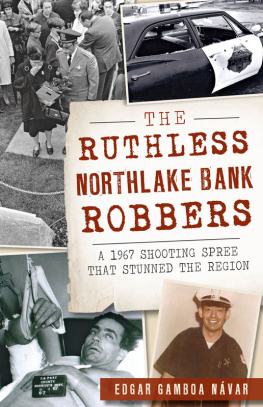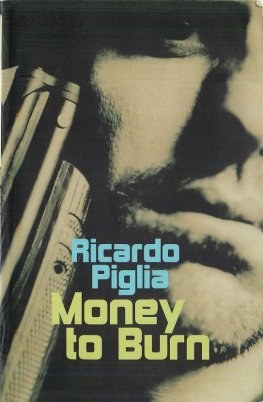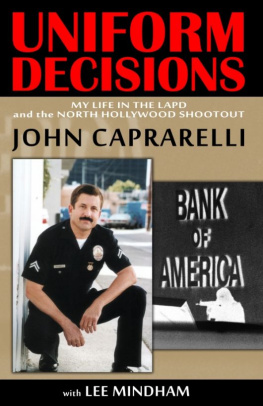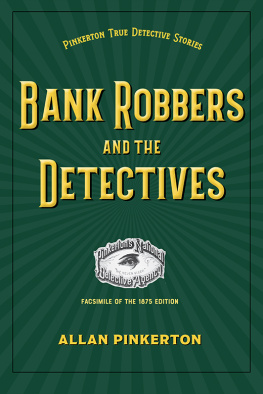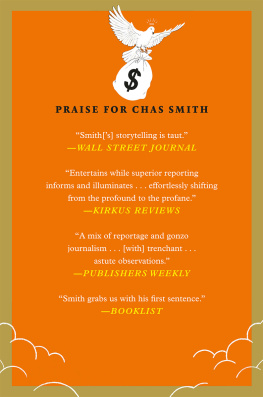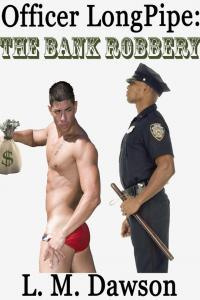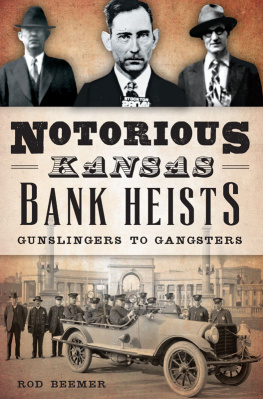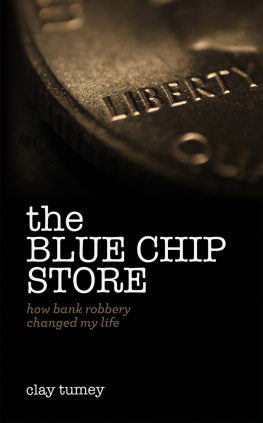

Published by The History Press
Charleston, SC
www.historypress.net
Copyright 2016 by Edgar Gamboa Nvar
All rights reserved
First published 2016
e-book edition 2016
ISBN 978.1.62585.692.0
Library of Congress Control Number: 2016930886
print edition ISBN 978.1.46711.938.2
Notice: The information in this book is true and complete to the best of our knowledge. It is offered without guarantee on the part of the author or The History Press. The author and The History Press disclaim all liability in connection with the use of this book.
All rights reserved. No part of this book may be reproduced or transmitted in any form whatsoever without prior written permission from the publisher except in the case of brief quotations embodied in critical articles and reviews.
To my mom and dad, for their love
PREFACE
Northlake, Illinois, a Chicago suburb, is Cook Countys most western suburb. Near Northlakes water tower sits a small park. In that park, you find swings, an in-ground water fountain for young children to play in and a kiosk with benches underneath. The park is very well kept and serves community members of all ages. That was the parks initial intent: to serve as a reminder of the servant-minded police officers who are that parks namesake.
Nagle-Perri Park was named after two police officers who were killed during a bank robbery in 1967. It wasnt just any bank robbery. It was a famous bank robberya bank robbery that grabbed the attention of our countrys leaders for several reasons. One reason was the brutal nature of the officers death. The officers guns did not compare to the thieves military assault weapons. A second reason was that the robbers were repeat offenders who had fulfilled prison requirements. They were considered rehabilitated prisoners. The final reason was that the tumultuous decade of the 1960s questioned the constitutionality of capital punishment. So, three bank robbers, their actions and their capture were temporarily propelled onto the national scene.
As a high school student, I enjoyed the parks basketball court. My friends and I gathered there frequently to play ball. After games we often walked past the American flag that had a rock at its base. On that rock was a plaque that commemorated two police officers. One specific day, I read the plaque and inquired of my friends about the two police officers. They told me their story. I was quickly intrigued since the bank robbery occurred near my backyard. I carried that story for years afterward.

The main sign to Northlakes Nagle-Perri Park, which sits on the corner of Roy Avenue and Parkview Drive under the towns water tower. Photo taken by Edgar Gamboa Nvar.
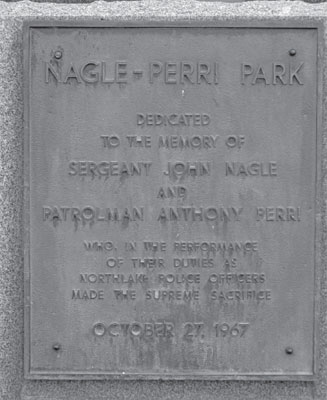
A plaque in Northlakes Nagle-Perri Park that commemorates the lives of the two fallen Northlake police officers John Nagle and Anthony Perri. Photo taken by Edgar Gamboa Nvar.
Over the years, as residents talked and discussed the bank robbery, my intrigue grew. In early 2011, I researched the bank robbery and the events that surrounded it. The more I learned, the more interesting the events of that day became in my mind. I put pen to paper and started my project.
In many ways, the events of October 27, 1967, represented so much more than just a bank robbery. The events represented migration, suburbs birthing and expanding to meet demand and new opportunities for many new residents. The dynamics of that event represented socioeconomic and shifting cultural attitudes on a national landscape.
The story cannot be told without realizing that the families of one offender and one murdered police officer grew up near Chicagos Little Italy. I couldnt help but think of times when perhaps their parents passed one another on the way to the Italian markets to buy groceries, or perhaps they had mutual acquaintances. Decades later, one set of parents son fired bullets into the body of another set of parents son, murdering him.
Even after the shooting, parallel events emerged. As the family of one officer gathered in his home to mourn his loss, the culprits were housed in the second-floor apartment of a nearby home, ready to die in a shootout if police approached.
I took every quote in this narrative from newspaper accounts, FBI reports or other official documents, such as court transcripts. I attempted to stick close to the actual events of this story with the goal of letting the story tell itself. Like any good and true story, I did not embellish or change the facts. A good story tells itself. My goal was to have the storys events drive the narrative. I hope I have accomplished that task.
Chapter 1
REHABILITATED PRISONERS
On Wednesday, November 2, 1967, FBI director J. Edgar Hoover spoke at the FBI National Academys graduation ceremony for law enforcement officers. Hoover stated, I believe in parole, but I do not believe in the sloppy method in which it is administered at both the federal and local levels. There is need for correction of it by Congress and by the local communities to support the local law enforcement officers and the decent citizens of the community. Hoover desired to return to the fundamentals of law enforcement and the proper administration of the parole system. Law and order was essential to provide safety for the countrys citizens.
Preceding Hoover, the ceremonys two other speakers voiced their opinions. Los Angeles police chief Thomas Reddin shared his thoughts: The ancient Greek philosophers agreed that there was one constant thing in the Universe and that was constant changechange is one of the greatest problems facing the law enforcement scene. Reddin saw societal shifts in attitudes that affected law and order: criminals were to be punished.
Reddins speech further stated that too much crime had been excused for social disadvantages, such as poor childhoods. Too much crime is condoned on the flimsy excuse that a poor childhood and societys failure cause crime and thus constitute a license to rob and to riot. Reddin saw firsthand the amount of excusable crime that supposedly stemmed from social disadvantages in Los Angeles. To excuse those crimes was nave and irresponsible.
The ceremonys other speaker, J. Howard Wood, the Chicago Tribunes publisher, also commented on the surging national debate. Wood stated, Without law and order there can be no economic progress, no social progress, and indeed, nothing but chaosviolence, crime, and mob rule never advanced anybodys cause or anybodys country.
Wood then cited his disagreement with the restrictions on disclosure. He stated, The advocates of restraint, besides displaying lack of faith in judges and juries, are also equally guilty of showing a complete lack of confidence in the judgment, integrity, and good sense of the police and, of course, the press itself. For Wood, the newspapers assisted law enforcement in capturing criminals by disseminating critical information to the public.
Wood differed with bar and judiciary committees that argued to restrict disclosure of information about pending criminal cases. The principal argument lay on defendants rights to a fair trial that are potentially prejudiced as a result of information disclosure regarding the pending case. In other words, the defendant might not receive a fair trial if too much information is leaked. The topic of a defendants rights versus having proper case information to make a decision was key. The national media attention that the Northlake Bank robbers received propelled that case to the forefront from both the law enforcement angle and from the media outlets.
Next page
